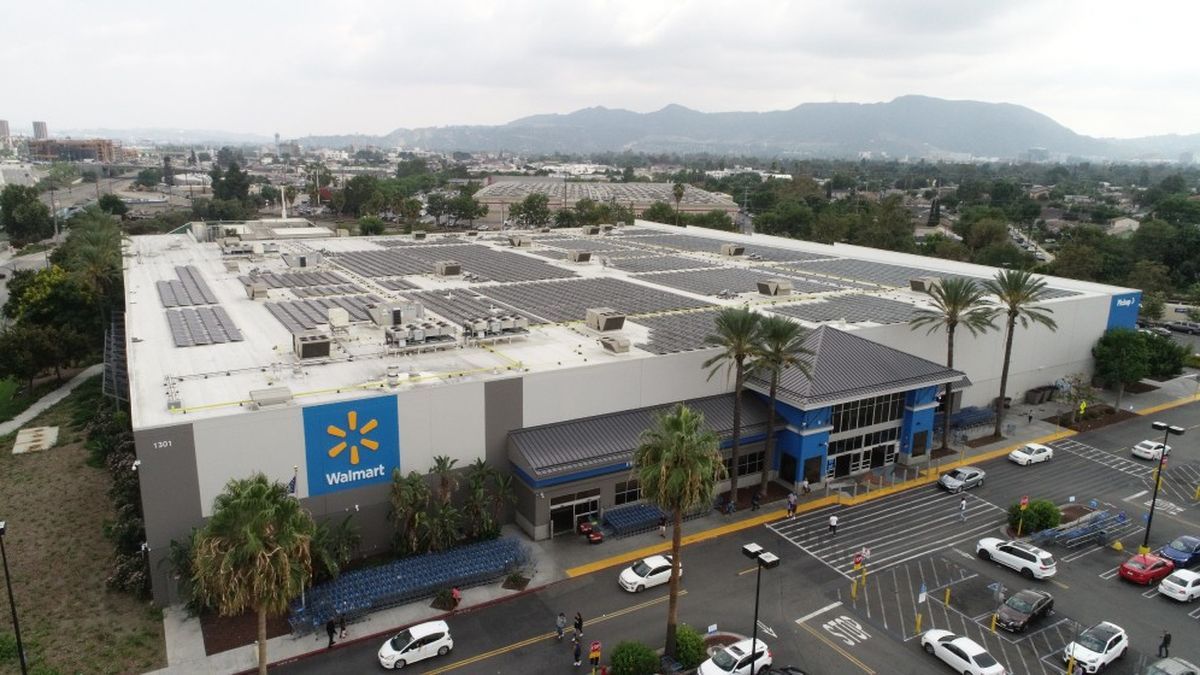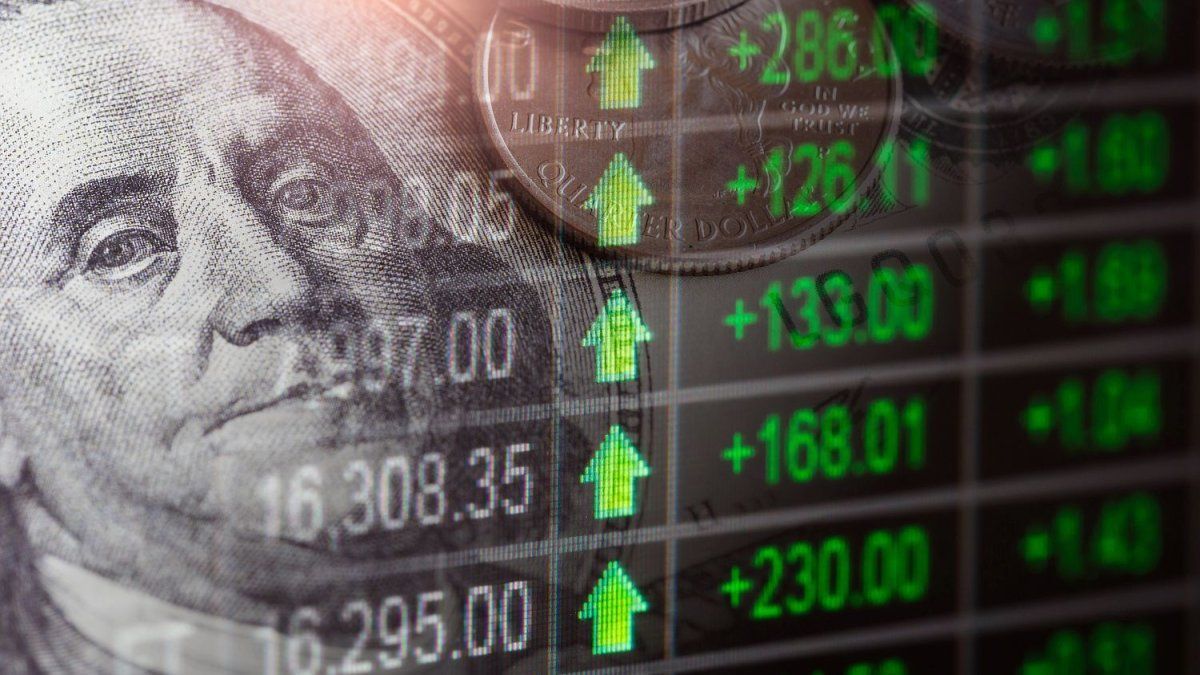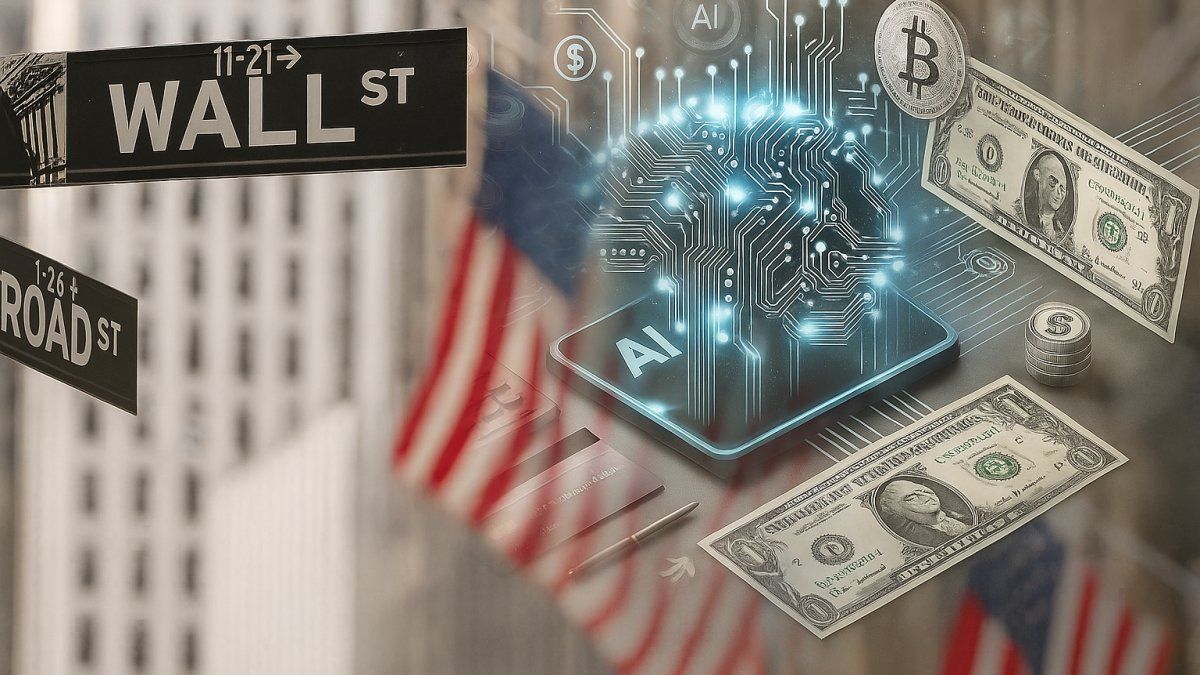Walmart, the largest retail company in the world, kicked the board in environmental matters and whitewashed a reality that experts had been pointing out: announced that it will not be able to meet its global gas emission reduction objectives because its growth rate prevents it from doing so.
“While we continue to work towards our aspirational goal of zero emissions by 2040, progress will not be linear. Our track record and challenges related to energy policy, infrastructure and the availability of cost-effective low-carbon technologies will probably delay the achievement of our objectives planned for 2025 and 2030,” the company said in a statement.
“While we continue to work toward our goals, progress depends on many factors beyond our controlincluding public policies, the emergence and profitability of low-carbon technologies and broad sector transitions in energy systems, transportation, materials and agriculture,” he detailed.
Walmart’s intention to separate responsibilities in foreign areas such as logistics, the provision of renewable energy or equipment, did not go down well with environmental specialists.
“Walmart cannot meet its goals due to its continuous commercial growth. This shows that decoupling economic growth from carbon emissions remains, to a large extent, an illusion. To move towards regenerative models, companies must prioritize qualitative growth instead of quantitative growth,” questioned Alex Godoy-Faúndez, Climate Policy Advisor and member of the Climate Change Council of Chile.
“This case is another example of how companies They address sustainability to the extent that it does not affect their growth and profit objectives. Walmart, like many other companies, implements initiatives to reduce its environmental impact, but these actions are conditioned by the priority to continue growing,” he added.
Walmart mentioned among the causes of the delay in achieving its goals for 2025 (35% reduction in emissions) and 2030 (65% reduction) “challenges related to energy policy, infrastructure and the availability of cost-effective low-carbon technologies”.
Specifically, it cited the impossibility of replacing a system of old refrigerators, the increase in the transportation footprint of its merchandise suppliers and a slowdown in the acquisition of renewable energy due to a scarce supply that was not enough to keep up with the growth of its operations. .
Obsolete refrigeration equipment is considered a key element since it contributes to 55% of its Scope 1 and 2 emissions. Regarding logistics, Walmart declared a greater dependence on transportation as it assumed fleet operations that were previously managed by third parties, which which increased fuel-related emissions.
In relation to the slowdown in the transition to renewable energies, it is highlighted that only 48% of its operations are currently powered by clean energy. Although it signed agreements for more than 2 gigawatts of renewable energy between 2020 and 2023, these flows are still far from its goal of contracting an additional 10 gigawatts before 2030.
Everything contributed to Walmart’s year-on-year emissions last year increase by 3.9% due to “business growth and other factors”, he admitted. This further demonstrated that previous results were insufficient: its operational emissions (Scope 1 and 2) decreased by 19.3 percent relative to its 2015 baseline, while carbon intensity was reported to have decreased by 45% during the same period.
How Walmart will balance business growth with sustainability
To reinforce its defense, the retail chain highlighted: “We continue to expand our internal and external renewable energy portfolio, and in 2032, 48% of our global electricity needs will be covered by renewable sources, in line with the objectives.”
“We achieved our goal of Gigaton Project six years earlier, and suppliers reported on projects expected to exceed 1 billion metric tons of cumulative emissions reduced, avoided or sequestered across global value chains by 2030. We continue to prioritize reductions in value chain emissions, even through the continuation of the Gigatón Project,” he added.
The Gigatón Project is an initiative to reduce emissions in its supply chain, which made progress in early 2024 with the participation of 3,500 suppliers. Thus the company avoided 1,000 million metric tons of greenhouse gases.
With sales that They reached US$642,000 million in 2024 and projected growth of up to 5.1% for the next fiscal year, Walmart faces the challenge of balance its expansion with climate sustainability plans. As a small point in its favor, analysts highlight that it is one of the few large corporations that acknowledges not having achieved its climate objectives within the deadlines it had set.
Still, Walmart has a fresh track record of back-and-forth when it comes to other social responsibility policies. Last November, for example, it began to take measures to distancing from diversity, equity and inclusion programs (DEI), joining the prevailing trend among United States companies in this matter such as Harley-Davidson, Tractor Supply and John Deere.
For example, it suspended the sale of LGBTQ-themed products on its online platform and also decided to stop providing data to an NGO dedicated to monitoring policies related to the rights of that community.
He also announced that he will close the Center for Racial Equity, a charity to which he had promised to allocate $100 million over five years to finance programs against racial discrimination in the United States.
Source: Ambito
I am Pierce Boyd, a driven and ambitious professional working in the news industry. I have been writing for 24 Hours Worlds for over five years, specializing in sports section coverage. During my tenure at the publication, I have built an impressive portfolio of articles that has earned me a reputation as an experienced journalist and content creator.




